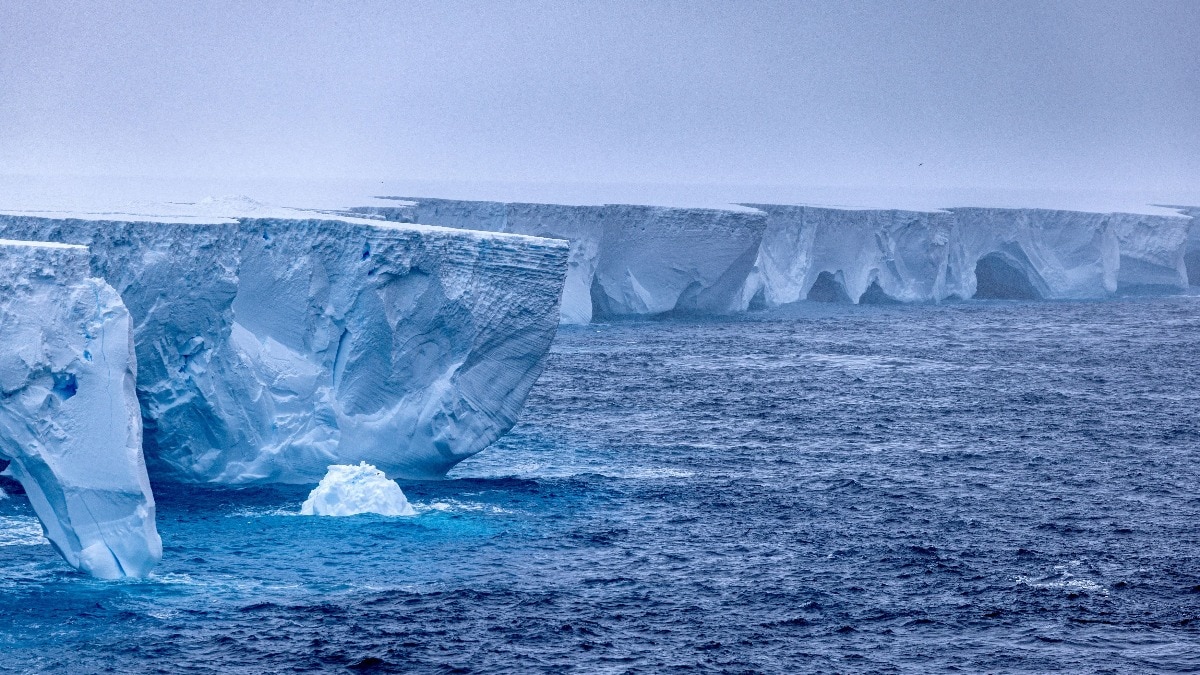The world remains far off track to meet the Paris Agreement’s 1.5°C target, according to the United Nations Environment Programme’s (UNEP) latest Emissions Gap Report, released on Tuesday. Despite modest progress in emissions reduction pledges, current global trajectories are projected to heat the planet by as much as 2.8°C above pre-industrial levels by 2100, the report warns.
As world leaders prepare to gather in Belém, Brazil, for COP30, UNEP’s annual assessment delivers another stark reminder that existing national commitments and actions are insufficient to avert the worst impacts of climate change.
A narrowing gap
Even if all current Nationally Determined Contributions (NDCs) — countries’ self-set emission targets — were fully implemented, the report projects warming of 2.3°C to 2.5°C by the end of the century. Under current policies, the figure rises to 2.8°C, signaling only marginal improvement from last year’s outlook.
“The ambition and action expected from countries’ updated climate pledges this year did not materialize,” said Inger Andersen, UNEP’s Executive Director. “We are still heading toward a serious escalation of climate risks.”
To keep the world below the 1.5°C threshold, global emissions would need to fall 55% from 2019 levels by 2035, the report finds. But with global greenhouse gas emissions in 2024 rising 2.3% — more than four times the average annual growth rate — the target is slipping further out of reach.
Alarming trends in 2024
The year 2024 was the hottest year on record, with extreme weather events battering every continent. Ocean heat content, wildfire-related deforestation, and greenhouse gas concentrations all hit unprecedented highs. UNEP warns that even temporary overshoots of the 1.5°C limit could have devastating, irreversible impacts — from glacier collapse to coral reef extinction.
“Years of grossly insufficient action from richer nations and continued obstruction by fossil fuel interests are directly responsible for bringing us here,” said Rachel Cleetus, policy director at the Union of Concerned Scientists. “The findings are alarming, enraging, and heart-breaking.”
Policy inertia
Political will remains a key obstacle. Less than one-third of Paris Agreement signatories submitted updated NDCs by the September 2025 deadline. Some of these new pledges were less ambitious than existing policies, undermining global momentum.
Even the United States’ formal withdrawal from the Paris Agreement earlier this year — though symbolic — erased roughly 0.1°C of projected improvement, the report estimates.
The authors note that while the global emissions gap has narrowed slightly, it remains dangerously large. There is only a 21% chance of staying below 1.5°C if all current pledges and net-zero targets are achieved.
A glimmer of progress
Despite bleak projections, UNEP acknowledges progress in low-carbon technology, climate governance, and legislative frameworks. Renewables, electric vehicles, and efficiency gains have accelerated sharply, and many developing nations are adopting stronger green industrial policies.
“These developments position the international community far more favourably to accelerate climate ambition and action than a decade ago,” the report notes.
As COP30 convenes, the report calls for countries to seize the “decade of opportunity” — not only to avert catastrophe, but to unlock new economic and employment opportunities through the clean energy transition.
“This is where the new jobs are, this is where the economy goes,” Andersen said. “The question is whether we act fast enough — because the climate clock is still ticking.”


